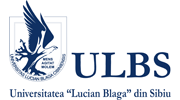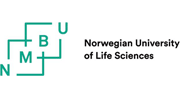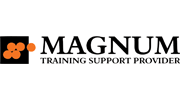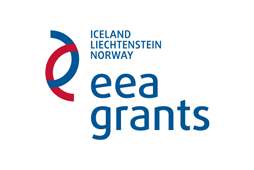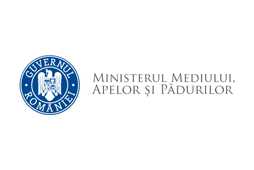Heptachlor
Traded as: Aahepta, Agroceres, Baskalor, Drinox, Drinox H-34, Heptachlorane, Heptagran, Heptagranox, Heptamak, Heptamul, Heptasol, Heptox, Soleptax, Rhodiachlor, Veliscol 104, Veliscol heptachlor.
What is it? Organochlorinated insecticide, very toxic, classified as persistent organic pollutant (POP) and banned by the Stockholm Convention of 2001. Part of the Chlordane fabrication process.
Use (purpose):
- Insect fighting: termites, fire ants (USA, Asia).
Its soil persistence is controversial, different studies referring to different periods, varying from several years up to 14 years of persistence in the ground.
Present status: part of the „dirty dozen", being banned from fabrication, sale and use in the countries having signed the Stockholm Convention starting with 2004.
In Romania: Heptachlor production and import were forbidden since 1990, its use being allowed until elimination of all stocks or until 1995. Since 1995, its sale and use is completely forbidden.
Health effects: more toxic than Chlordane.
- Acute effects: neurological effects (when inhaled): dizziness, irritability, abundant salivation and gastro-intestinal effects (when ingested): nausea and vomiting. It affects the unborn children (crossing the blood-placenta barrier) leading to neurological effects and severe immune deficiency.
- Chronic effects: neurological effects; classified as probable carcinogenic in humans (leukaemia, neuroblastoma) and it is carcinogenic (liver tumours).
- Target organs: central nervous system, liver.
Lethal dose: if ingested – 40-50 mg/kg body weight.
Exposure limit: the exposure limit calculated by the United States Environmental Protection Agency is 0.0005 mg/kg bodyweight/day, over this limit chronic effects being cited (neurological disorders and cancer). According to an EFSA survey of 2007, the European population seems to be exposed, through food and water, to a 5000 times smaller daily intake of Heptachlor than the above specified limit.
Contamination sources:
Air: After an anti-termite domestic fumigation, Heptachlor continues to be present for several years in the indoor air.
Drinking water: water from the wells and fountains in the areas were the insecticide was applied (Heptachlor is still used in the United States for the ant population eradication in the electrical transformers and for domestic use).
Food: Animal products (fish, sea food, fat dairy, meat and eggs) from animals having ingested plants treated with this substance or having been pastured on fields were Heptachlor was applied.
Useful links:
